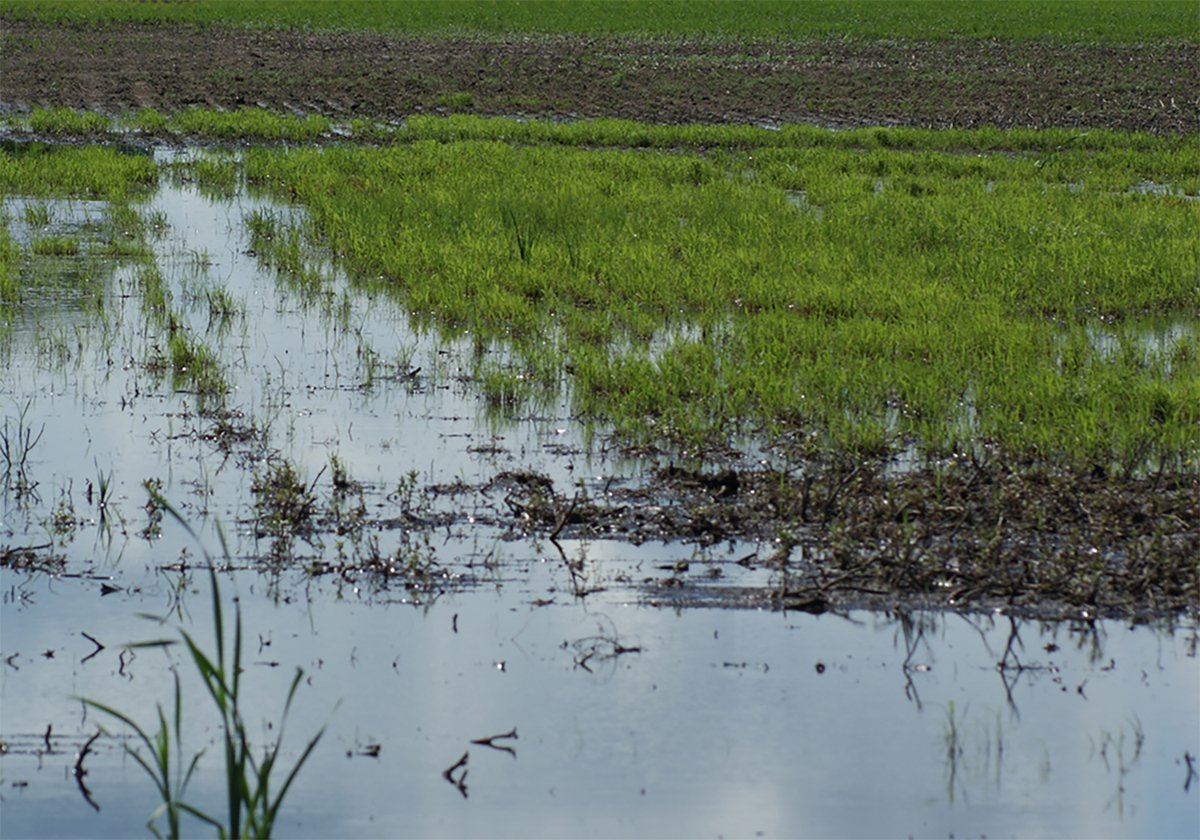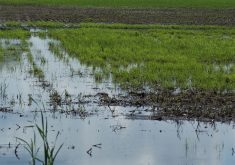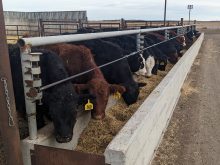We frequently hear that organic production is fine as a niche market for rich folks, but it cannot feed the world. Embedded in this position are a number of myths about the causes of hunger and about organic agriculture.
Myth 1
Organic yields are low: Organic agriculture has been compared to conventional agriculture in many studies, from rice in Bangladesh and sheep in New Zealand to apples, corn or soybeans in the United States and grain crops in Switzerland. Many of these studies indicate similar yields for organic products and those produced under conventional systems.
Read Also

Topsy-turvy precipitation this year challenges crop predictions
Rainfall can vary dramatically over a short distance. Precipitation maps can’t catch all the deviations, but they do provide a broad perspective.
Some studies show that organic yields are reduced to about 80 percent or even as low as 50 percent of conventionally grown crops. Alternatively, some studies show organic yields higher than conventional, some as high as 200 or 300 percent. These studies indicate the potential for organic crops to yield well.
Research on organic agronomy has been neglected over the past 50 years, and is only now re-emerging as a vibrant field of study. Where organic yields are low, there are opportunities for research. When similar research efforts are put into organic production as into production with chemicals, perhaps organic yields will increase.
Myth 2
Organic production will reduce conservation: Organic farmers frequently use green manures, which take land out of production for a season. Because of this, there is a concern that an increase in organic farming will require an increased land base at the expense of natural areas.
Let’s take a closer look at the two methods of nitrogen production: use of legumes and use of anhydrous ammonium.
Producers who use legume green manures in rotation are feeding microbes that fix nitrogen from the air. This source of nitrogen is abundant and locally available (78 percent of the air above every acre) with no further inputs required than those to grow the crop.
The fertilizer anhydrous ammonium is also produced from the abundant nitrogen in the air, this time using natural gas. The industrial process uses tremendous amounts of energy and produces greenhouse gases. Manufacture and use of such nitrogen fertilizers have been blamed for the contamination of surface and ground waters and for dead zones along shorelines, particularly in the Mississippi watershed and the Gulf of Mexico.
At the University of Manitoba, Martin Entz compared energy use in research plots. He found that organic production used less than half the amount of energy used in conventional production and that fertilizer inputs accounted for most of that difference.
As well, conventional production produced two to 2.5 times the CO2 and used 2.2 to 2.8 times the energy of organic production. Organic systems consistently use less energy per acre or per calorie of food produced. Burning more gas to increase food production has huge implications as fuel prices rise. It seems unlikely that this is the way to conserve natural resources.
Myth 3
Food production must rise to meet global demands: The United Nations World Food Program estimates there are 800 million chronically hungry people in the world today. It also claims that there is enough food produced for every one of our 6.3 billion people to be healthy and productive.
The problem lies in poverty. Poor people do not have the money to buy this abundant food. This is a tragic failure of our social systems, not a lack of production.
Nor is it likely that increased production will help solve farmers’ low incomes at home.
In Canada, food exports have increased more than 2.5 times in the last 15 years while farm income has not increased at all. There is a surplus of grain on Saskatchewan farms in 2005 while farm auction sales are booked solid. Increased production is not helping our farmers.
Many of the world’s hungry are rural people in countries that export food or other agricultural products like coffee. An increase in their countries’ export production is unlikely to bring them food.
What is the role of organic agriculture in the world’s food dilemma? First, organic systems do not endanger the world’s food supply by reducing yields or reducing conservation. They can reduce energy use and pollution.
Organic systems are less reliant on purchased inputs, and thus are more likely to be accessible to people with limited income. Organic agriculture is an alternative that holds great promise for meeting the food demands of our world.
Frick is the Prairie co-ordinator for the Organic Agriculture Centre of Canada located at the University of Saskatchewan. Frick can be reached at 306-966-4975, at brenda.frick@usask.ca, or www.organicagcentre.ca.The opinions expressed in this column are not necessarily those of The Western Producer.














